Paleo Diet for Beginners (Foods Rules & Shopping Guide)
The Paleo Diet is very popular right now, but is it right for you? Learn about what you can and can’t eat on a Paleo diet. I’ve also included the Paleo diet rules and a grocery guide.
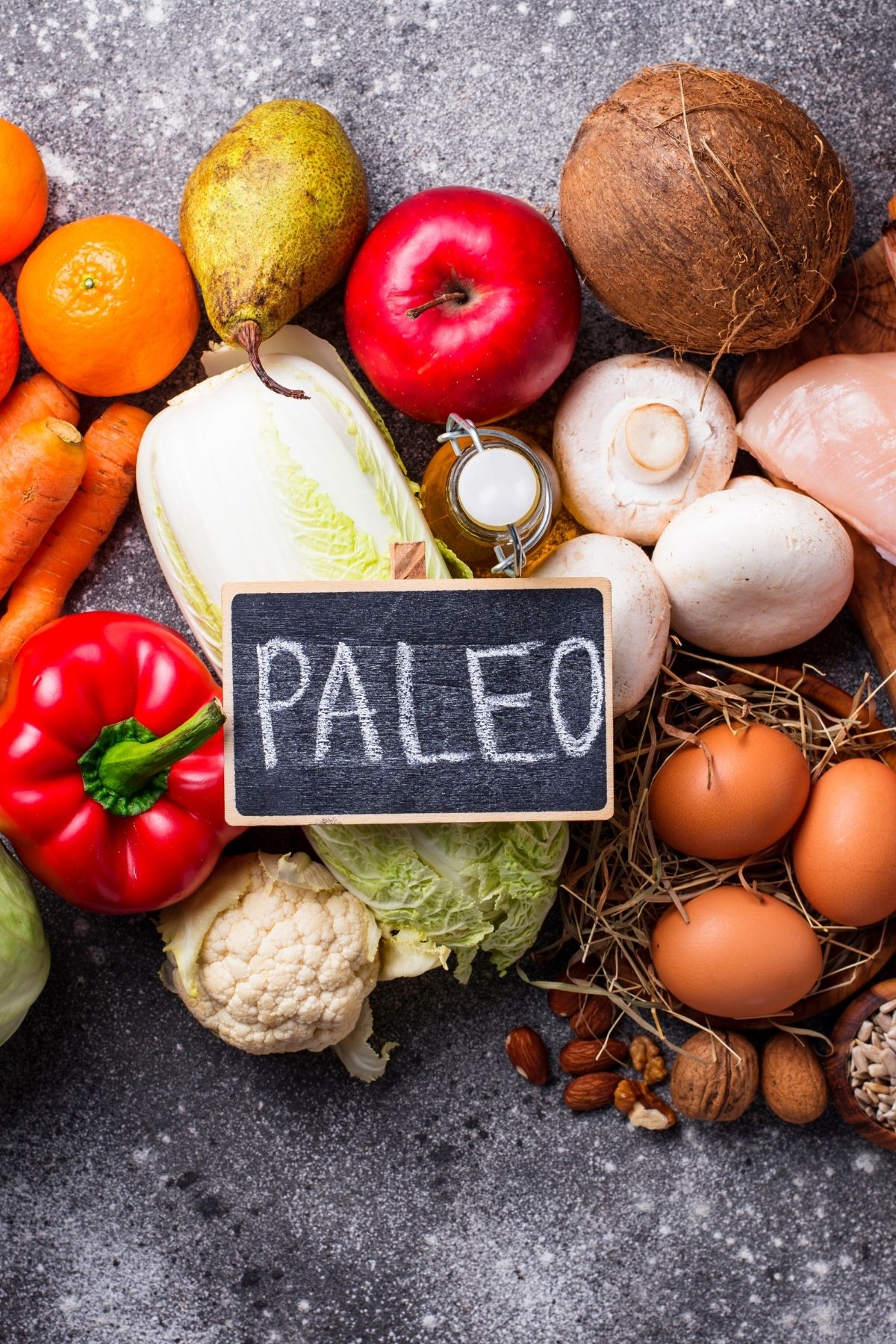
What is the Paleo Diet?
A Paleo diet is a way of eating that closely mimics the diet of our ancestors from the Paleolithic era. More specifically, a Paleo diet is based on the eating patterns of hunter-gatherer populations around 10,000-50,000 years ago.
Many functional health practitioners and followers of a paleolithic diet believe that an ancestral eating pattern is best for health, as the human body has not yet evolved to digest and utilize more modern foods.
Excluded Foods on Paleo
A strict Paleo diet eliminates foods that our ancestors may have found difficult to obtain or digest. It’s also known as the “caveman diet”.
If you are trying a Paleo diet as an elimination diet to address health symptoms you might be having, you might wish to exclude these foods while trying this approach:
- Dairy Products: Particularly processed dairy.
- Whole grains, Refined Grains, and Legumes: Including wheat, rye, barley, wheat flour, beans, and peanuts.
- Refined Sugars and High Fructose Corn Syrup: Sweeteners of any kind are generally avoided.
- Processed Foods: Anything packaged or processed with artificial ingredients.
- Refined Vegetable Oils: Such as canola, soybean, and corn oil.
- Artificial Sweeteners: Aspartame, sucralose, etc.
- Trans Fats: Found in margarine and various processed foods.
A slightly less restrictive approach to paleo is the Ancestral Diet which allows for individuality based on geographic location.
What You Can Eat on Paleo
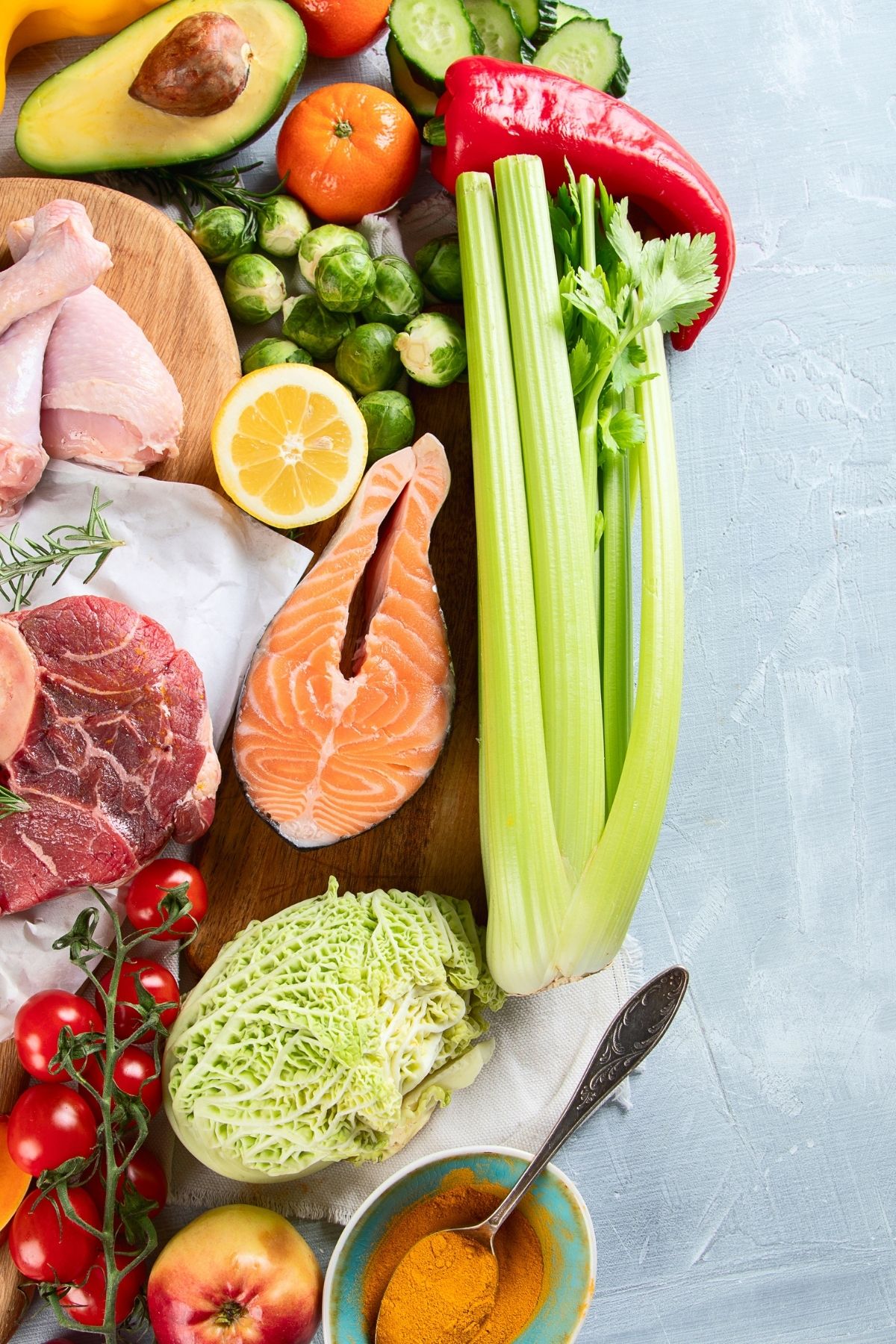
Adherents to a Paleo diet enjoy a multitude of whole foods that were accessible to our hunter-gatherer ancestors anywhere from 10,000-50,000 years ago.
A Paleo diet is inherently nutrient-dense, focusing on whole foods, including:
- Meats: Preferably pasture-raised and grass-fed meat, including beef, pork, lamb, poultry, and game meat such as bison.
- Fish and Seafood: Especially those rich in omega-3 fatty acids, like salmon, mackerel, and albacore tuna.
- Eggs: Free-range or omega-3 enriched eggs.
- Vegetables: A wide variety, both starchy and non-starchy.
- Fruits: Especially those low in sugar, like berries.
- Nuts and Seeds: Almonds, walnuts, sunflower seeds, etc. (Peanuts, as legumes, are not allowed).
- Healthy Fats and Oils: Such as olive oil, coconut oil, avocado oil, and ghee.
- Herbs and Spices: All kinds are typically allowed.
Primal Diet Rules
A subset of the Paleo diet, called the Primal diet, allows for a little more flexibility than strict Paleo.
Primal eaters may enjoy grass-fed, full-fat (and preferably raw or fermented) dairy, sprouted legumes, quinoa, white and wild rice, and white potatoes.
Paleo Diet Shopping List
Here is a sample Paleo shopping list that you can use as the basis of your meal planning. When you’re at the grocery store, stick to unprocessed foods (real food) that is found mostly in the outer aisles.
Proteins (lean meats):
- Grass-fed beef
- Organic chicken
- Turkey
- Pork loin
- Lamb chops
- Venison
- Wild-caught salmon
- Tuna
- Mackerel
- Shrimp
- Scallops
- Free-range eggs
Vegetables:
- Broccoli
- Spinach
- Kale
- Brussels sprouts
- Zucchini
- Cauliflower
- Bell peppers
- Sweet potatoes
- Butternut squash
- Asparagus
- Carrots
- Cucumbers
- Onions
- Garlic
- Mushrooms
Fruits:
- Avocado
- Apples
- Berries (strawberries, blueberries, raspberries)
- Oranges
- Bananas
- Grapes
- Kiwi
- Pineapple
- Mango
- Pears
- Plums
- Peaches
Nuts and seeds:
- Almonds
- Walnuts
- Cashews
- Macadamia nuts
- Pumpkin seeds
- Sunflower seeds
- Chia seeds
- Flaxseeds
Healthy fats and oils:
- Olive oil
- Coconut oil
- Avocado oil
- Ghee
- Grass-fed butter (unless you need to avoid dairy completely)
- Almond butter
Herbs and spices:
- Basil
- Cinnamon
- Turmeric
- Ginger
- Rosemary
- Thyme
- Oregano
- Paprika
Extras:
- Coconut milk
- Almond milk
- Coconut flour
- Almond flour
- Apple cider vinegar
- Coconut aminos
- Dark chocolate (70% or higher)
- Green tea
- Herbal tea
- Coffee
Condiments:
- Mustard
- Salsa
- Guacamole
- Pesto (without cheese)
- Dried seaweed
- Beef jerky
- Olives
- Fruit leather (without added sugar)
- Paleo granola
- Coconut yogurt
Frozen foods:
- Mixed berries (frozen)
- Cauliflower rice (frozen)
- Broccoli florets (frozen)
- Spinach (frozen)
- Shrimp (frozen)
- Grass-fed beef patties (frozen)
Beverages:
- Coconut water
- Sparkling water
- Bone broth
Baking supplies:
- Baking soda
- Baking powder (gluten-free)
- Cocoa powder
- Vanilla extract
- Honey (in moderation)
- Maple syrup (in moderation)
Canned goods:
- Tuna (canned)
- Salmon (canned)
- Sardines (canned)
- Coconut cream (canned)
- Tomato paste (canned)
- Canned fruits or vegetables (canned)
I also have a round-up of paleo recipes in the air fryer!
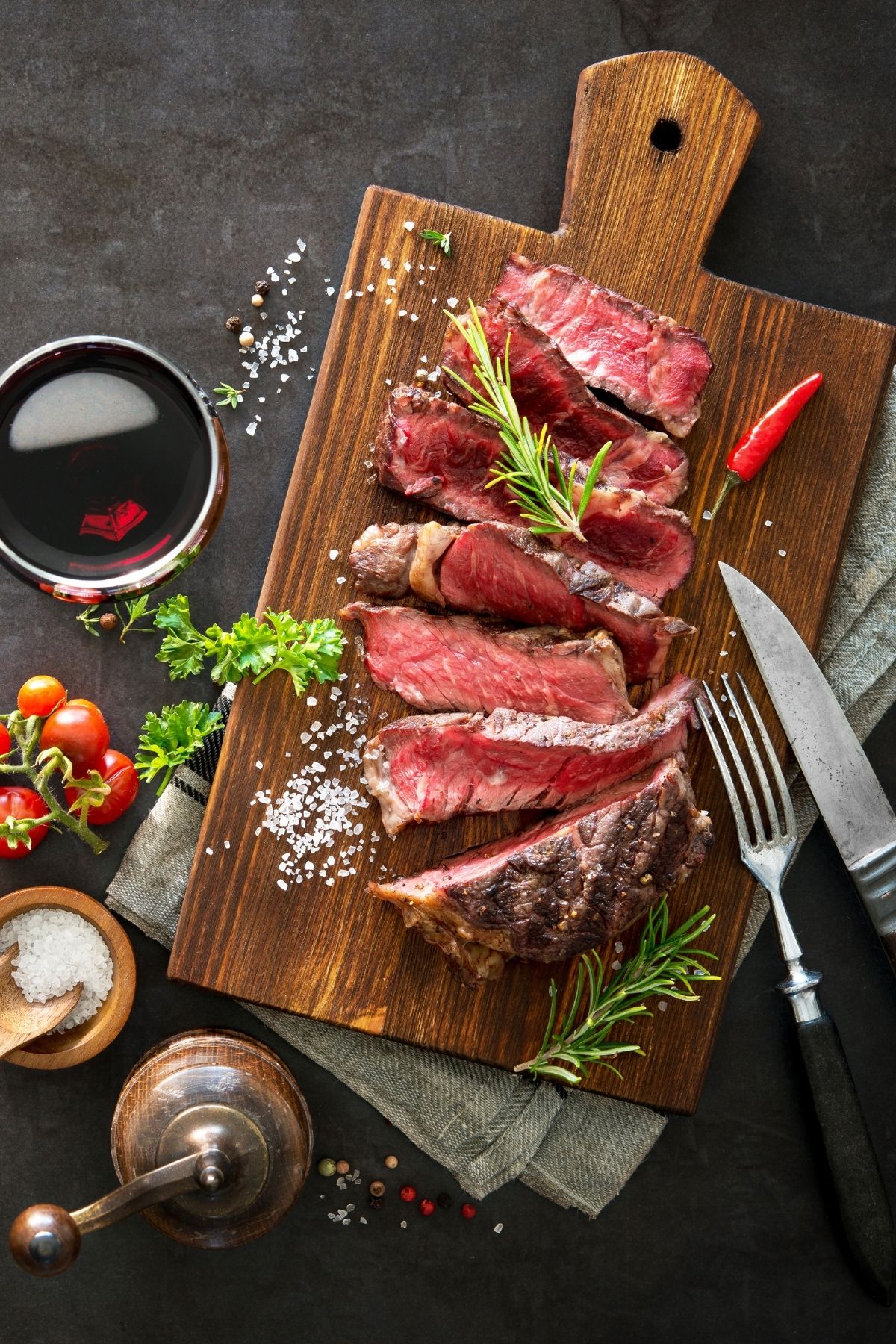
Potential Benefits of Paleo
Proponents of a Paleo diet see a variety of health benefits, including prevention of chronic disease. The defining reason for a Paleo diet is to avoid disease and low quality of a life.
Paleo enthusiast Mark Sisson’s philosophy is to “live long and drop dead,” mimicking the lives of our ancestors–who lived without chronic disease and were only threatened by old age or primal dangers like being injured by an animal.
Some of the other benefits seen by people following a Paleo diet can include:
Increased energy and vitality: increased consumption of whole foods helps mobilize your body and create energy.
A reduction in inflammation: increased consumption of Omega-3 fatty acids and a reduction in processed foods, grains, and inflammatory oils helps reduce overall inflammation.
Stabilized blood sugar: a Paleo diet is naturally higher in protein, fat, and fiber, and lower in carbohydrates. All of these work to prevent blood sugar spikes and crashes. Many people who don’t do well on a vegan diet or have problems with a plant based diet find that paleo works well for them.
Healthy weight loss: focusing on whole foods and satiating fat and protein will help you naturally lose unnecessary weight.
Prevention or reduction in metabolic disease: a Paleo diet focuses on lower glycemic foods. The stabilized blood sugar levels and weight loss equate to a reduction in metabolic disease risk.
Bonus: a paleo diet is considered healthy for the planet and is one of the best diets for climate change.
Benefits of a paleo diet are often similar to the benefits of a grain-free diet.
Suggestions for Starting Paleo
If you think a Paleo diet may be best for you, here are some suggestions on how to do it safely.
1. Start with a 6-week trial period
Six weeks should give your body enough time to adjust to a whole foods diet. Keep a journal of how you’re feeling each day and compare Week 1 to Week 6.
2. Make vegetables the heart of your meals
Contrary to some beliefs, a Paleo diet is not a carnivore diet, keto diet, or low-carb diet.
A healthy Paleo diet should have vegetables as the focus. Fill most of your plate with non-starchy veggies, then add a starchy veggie and some protein.
3. Consult a dietitian or qualified healthcare provider
It is always good to have someone in your corner. It may be helpful to work with a dietitian or other qualified healthcare provider to make sure you’re eating a proper amount of food and otherwise staying healthy on a new diet.
4. Monitor your lab work
It can be helpful to have your blood tested before and after your six-week trial. If you notice any deficiencies or unwanted elevations, your new diet may be the culprit.
Alternatively, if you choose to stick with a Paleo diet, be sure to monitor your lab work regularly to ensure you’re staying healthy and not increasing any risk factors for heart disease.
5. Be flexible
Don’t beat yourself up if you’re not perfect. Stressing out about your new diet can be more harmful than any junk food! Don’t fall into thinking that your diet has to follow a specific set of “rules.”
If you want to be mostly Paleo but include some legumes or cheese on occasion, that’s better than denying yourself and causing stress.
6. Avoid processed Paleo foods
Avoid being trapped by marketing that promotes Paleo junk food. While Paleo processed food may be made of better ingredients, processed food, in general, should be an occasional treat. Stick to real, whole foods prepared in your home.
Paleo FAQs
Quinoa is generally not considered part of the Paleo diet. The Paleo diet focuses on foods that were presumably consumed by early humans during the Paleolithic era, emphasizing meat, fish, vegetables, fruits, nuts, and seeds while excluding agricultural era foods like grains and legumes.
Quinoa, despite often being referred to as a “pseudo-cereal” or “ancient grain,” is technically a seed but is classified as a grain in terms of its culinary uses and nutritional profile. It contains saponins, which are compounds that can act as anti-nutrients, and it’s also high in carbohydrates. These characteristics make it non-compliant with the typical Paleo dietary guidelines.
However, dietary choices are often personalized. Some people following a modified Paleo diet might choose to include quinoa, especially if they tolerate it well and are not strictly adhering to the traditional Paleo framework.
The time it takes to notice improvements on the Paleo diet varies greatly among individuals. Short-term effects, often felt within days to a week, can include increased energy, initial weight loss (primarily water weight), and improved digestion.
Over weeks to months, further benefits like continued weight loss, better blood sugar regulation, enhanced mental clarity, and reduced inflammation may become evident.
Long-term adherence, spanning months to years, can lead to sustained weight management, improved cardiovascular health, stronger immune function, and overall enhanced physical and mental well-being.
However, these timelines are highly individual and depend on factors such as personal health status, diet adherence, metabolism, and lifestyle.
Don’t Miss These Helpful Paleo Resources
Conclusions
A Paleo diet can be an excellent way to remove foods that your body is reacting to. The diet essentially includes foods that humans evolved eating, avoiding foods that our bodies haven’t yet adapted to. Consider trying a 6-week trial period with Paleo to see if you feel better at the end of the six weeks.
Even More Paleo Resources You Might Like
Don’t forget to join my newsletter list to get exclusive clean eating recipes and tips. The newsletter is 100% free with no spam; unsubscribe anytime.
About the Author: Carrie Forrest has a master’s degree in public health with a specialty in nutrition and is studying to be a holistic nutritionist. She is a top wellness and food blogger with over 5 million annual visitors to her site. Carrie has an incredible story of recovery from chronic illness and is passionate about helping other women transform their health. Send her a message through her contact form.
Note: this post is for informational purposes only and is not intended as medical advice. Please consult your healthcare provider for recommendations related to your individual situation.


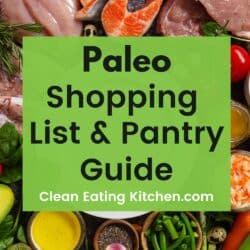
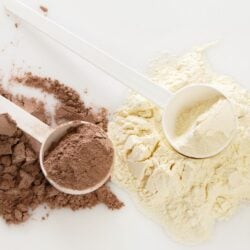

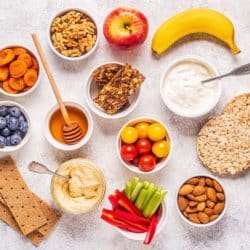




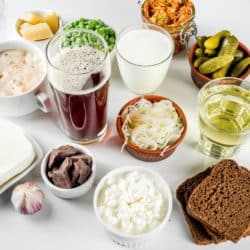



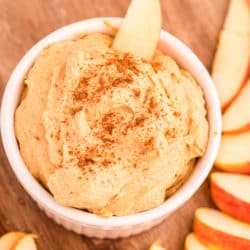

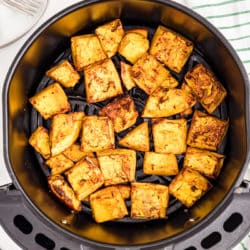








The Paleo Diet looks like a delicious one for sure. There are so many different diets now that it can be easy to just say forget it….. it is all a bit too much. I am just trying to eat cleaner and live healthier and for 20202 I am working out 5 times a week…..at least that’s my goal 🙂
I really want to try this. A friend got some really good results from it.